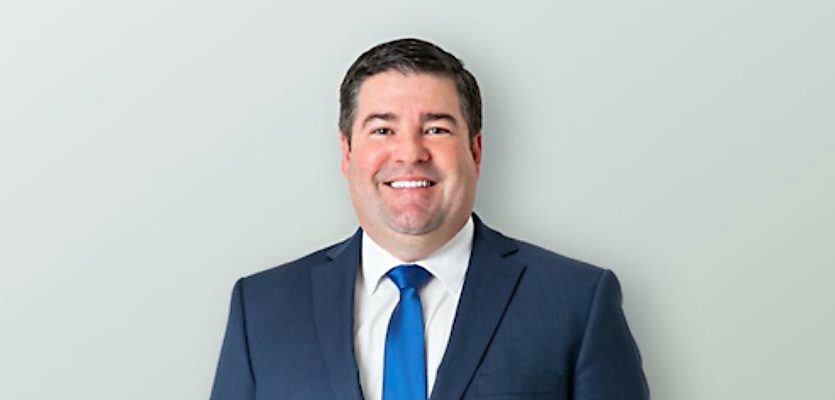A long-time Melbourne real estate specialist has uncovered the city’s suburbs with the greatest growth using an unorthodox method.
What’s in a name? Belle Property and Hockingstuart’s head of Victoria, Anthony Webb, certainly wants to know.
The Melbourne expert conducted a recent experiment to see what would emerge if the city’s suburbs were assessed on the factors that define liveability, rather than their name recognition.
Thinking of it like the HR practice of taking a “blind CV” approach to hiring – where identifying characteristics are stripped out to focus on a candidate’s qualifications alone – Webb has now debuted a new index for Melbourne hotspots, revealing some surprising areas that could be tipped for growth.
Webb defined a range of factors that contribute to “liveability”, including available walking tracks and outdoor spaces, nearby schools and universities, freeway access, and the suburb’s distance from the CBD. By ranking each indicator from one to five, the suburbs were given a score out of 50, with higher numbers indicating a broader range of features.
The results revealed that Werribee, Croydon, Bellfield, Bundoora and Pascoe Vale South are all suburbs with a high combination of liveability features, with scores of 41, 40, 39, 37 and 34 respectively.
Werribee scored well for its shopping centres, healthcare, and relatively affordable median house price of $620,000 (per data from PropTrack).
Meanwhile, Croydon’s freeway access and public transport options helped it take out the second place spot.
Bundoora’s proximity to La Trobe University, several primary schools and numerous walking tracks boosted the north-east suburb, while Bellfield benefitted from its location near quality healthcare.
Pascoe Vale South’s score was pushed up by its connectivity to the CBD via freeway access and public transport, but was hurt by its relatively high median house price.
While the results revealed some surprising findings about suburbs that offer more amenities than they’re often associated with, Webb noted that the features of the neighbourhood one chooses to live in will naturally be very different depending on a buyer’s needs.
“The first question you should ask yourself is whether this suburb offers what you need for your current stage of life,” Webb said.
“This will vary for everyone – whether you’re in your 20s and enjoy dining out with friends, newly married with a little one on the way, or a downsizer prioritising health and wellbeing. It’s important to ensure the suburb you choose can support your lifestyle.”
In Webb’s view, the blind CV index serves the important purpose of shaking buyers out of their comfort zones, urging them to look beyond prejudices or preconceptions to weigh up a suburb’s real value and appeal.
“A fresh perspective is often necessary to evaluate a suburb’s essential attributes or ‘credentials’. By applying a blind CV approach, you can assess suburbs solely based on quantitative metrics rather than preconceived notions or reputations. This method ensures an objective evaluation of each suburb’s potential,” he said.
ABOUT THE AUTHOR
Juliet Helmke
Based in Sydney, Juliet Helmke has a broad range of reporting and editorial experience across the areas of business, technology, entertainment and the arts. She was formerly Senior Editor at The New York Observer.









You are not authorised to post comments.
Comments will undergo moderation before they get published.